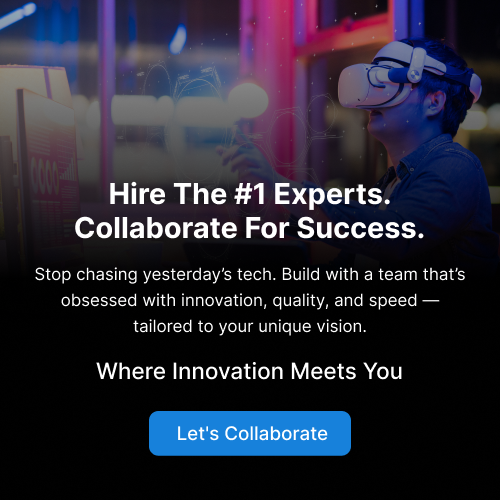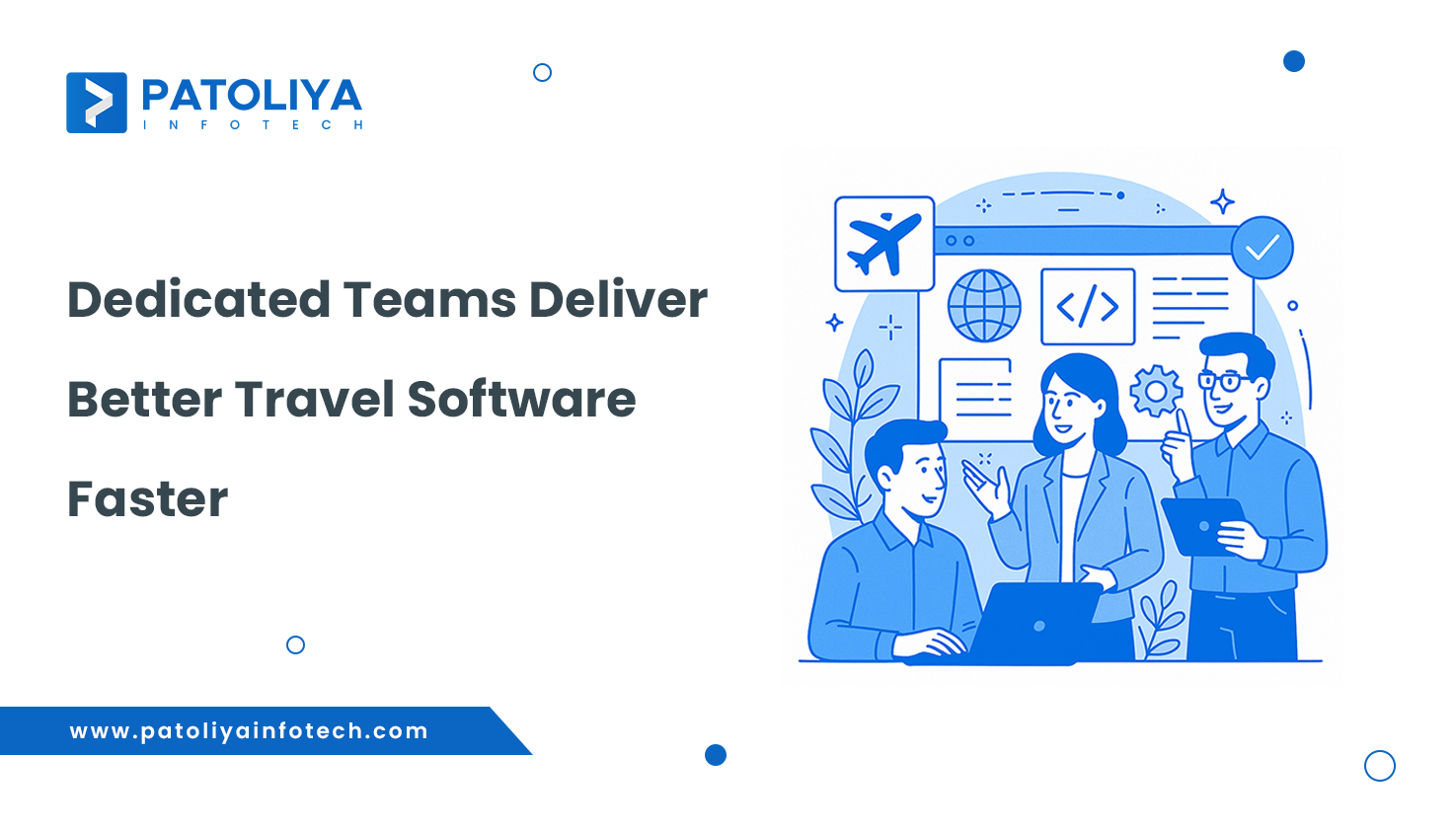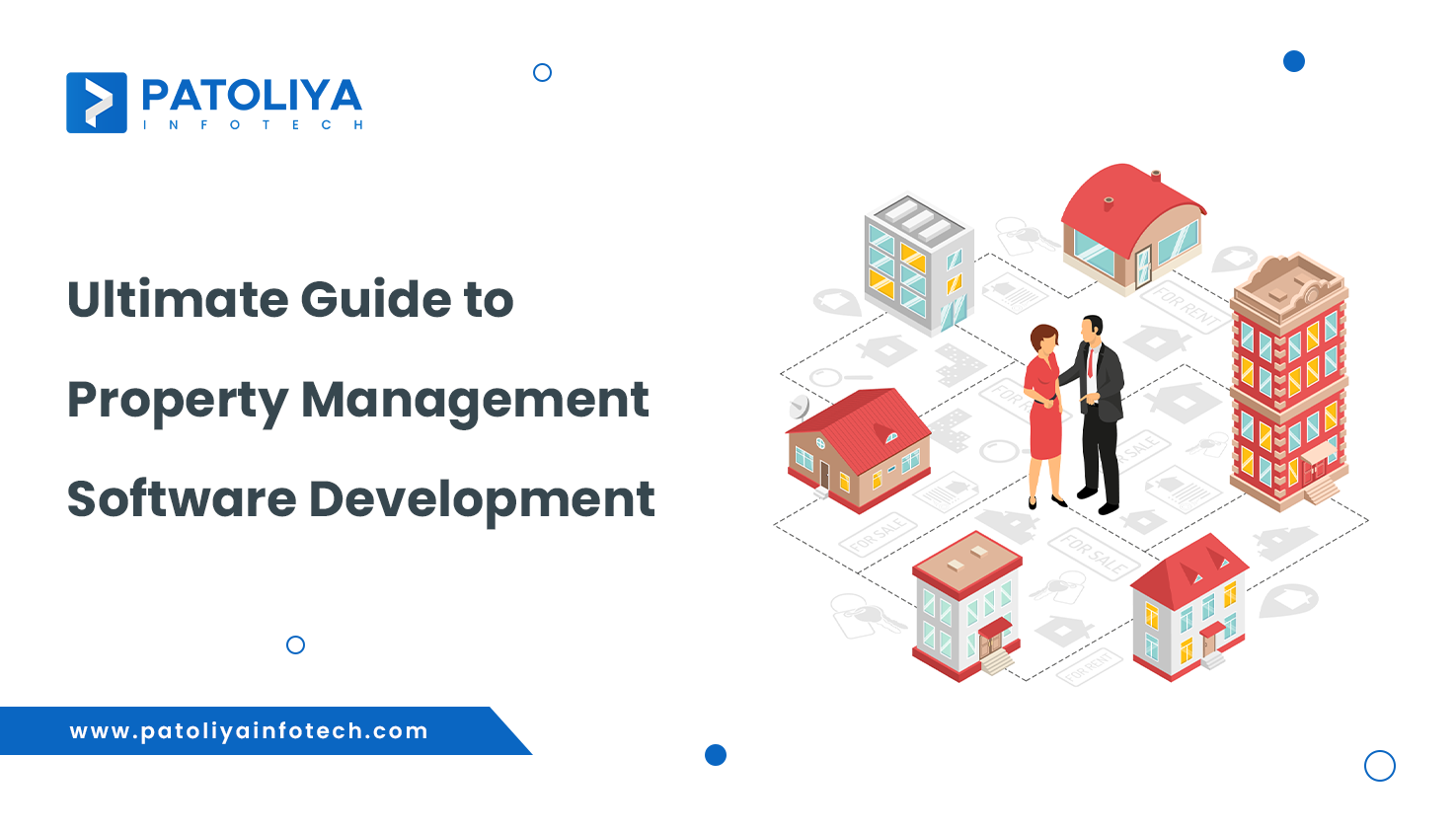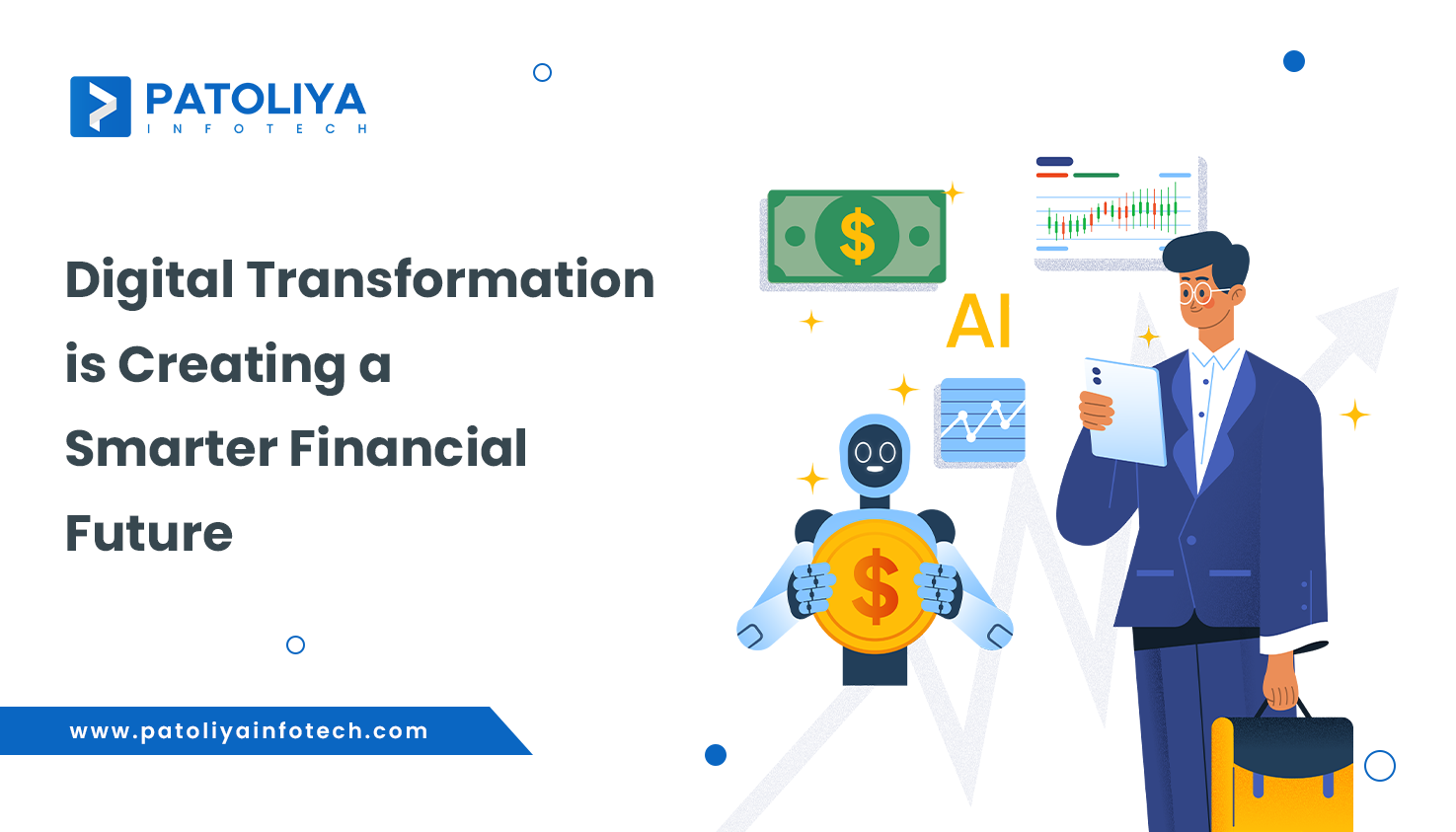What are the 7 stages of web application development?
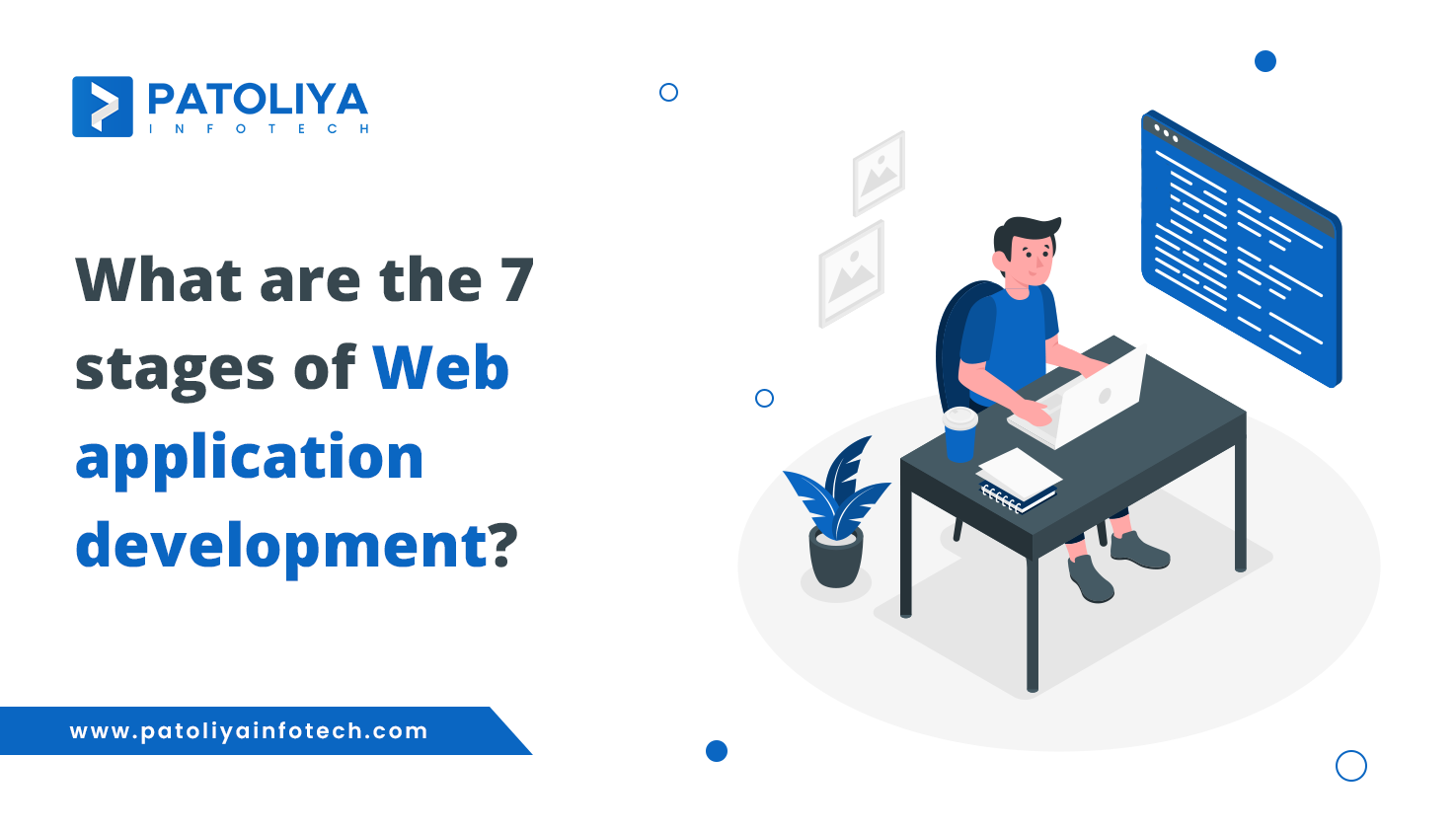
Table of Contents
A software development team will likely be necessary if you wish to create a new website application. But picking the appropriate team might be challenging because there are so many vendors out there conflicts for your business.
Evaluating the web application development process, including each stage involved, the methodology, and industry best practices, will help you make the decision. With this information, it will be easier to determine which business can keep its promises.
Let's first discuss what web development is. Next, we continue with each stage.
What is Web App Development?
Producing a web app, or an application program that is stored on a server and delivered to users via a web browser when connected to the internet, is called web app development. Because web apps are accessed online, users do not need to download or save them on their device—be it a desktop computer, laptop, or mobile device—in order to use them.
Learn more about New Age – Web Development
The process of creating a web application involves several phases. Additionally, the project scope determines how much work is done at each step. Your goal, budget, plan of action, staffing needs, and technical needs will all be significant factors. However, generally speaking, the steps that make up a web application development process are as follows:
What are the stages of application development?
- Requirements analysis
- Planning
- Web application design
- Web application programming
- Copywriting and labeling
- Testing and launch
- Application maintenance
Requirements Analysis
The requirements analysis stage is pivotal in understanding and defining the scope of an application development project. It involves a multifaceted approach that begins with extensive communication and collaboration with stakeholders, including clients, end-users, and subject matter experts. Through interviews, surveys, workshops, and analysis of existing systems or processes, developers and analysts gather essential information about business objectives, user needs, functional requirements, and constraints. This phase also involves creating documentation such as requirement specifications, user stories, and use cases to ensure clarity and alignment between stakeholders.
Moreover, requirements analysis extends beyond simply collecting information; it involves prioritizing and validating gathered requirements. Through techniques like feasibility studies, cost-benefit analysis, and requirements workshops, teams ensure that the identified features align with the project goals and are technically and economically viable. This phase demands a delicate balance between comprehensiveness and flexibility, acknowledging that requirements might evolve during the development lifecycle. Ultimately, a robust requirements analysis forms the foundation upon which the entire project is built, ensuring that the final product meets the client's expectations and user needs.
Planning
The planning phase is an intricate stage that sets the project's direction, milestones, and resource allocation. It involves translating the gathered requirements into a structured plan encompassing timelines, budgets, technologies, and methodologies. Project managers collaborate with technical leads, designers, and stakeholders to define the project's architecture, identify potential risks, and select appropriate development frameworks and tools. This phase also involves creating detailed project documentation, including project charters, work breakdown structures, and risk management plans.
Additionally, the planning stage is crucial for creating prototypes, wireframes, and mockups. These visual representations help stakeholders visualize the application's structure, user interface, and functionalities. It enables teams to gather feedback early in the process, facilitating adjustments and improvements before the actual development phase begins. An effectively executed planning phase ensures that the development team has a clear understanding of project goals, scope, and constraints, enabling them to proceed with development more efficiently and effectively.
Web Application Design
The design phase focuses on transforming the conceptual ideas and requirements into tangible visual elements and user experiences. Designers collaborate with stakeholders, including UX/UI experts, graphic designers, and sometimes end-users, to create a visually appealing and intuitive user interface. This phase involves creating design mockups, and defining color schemes, typography, layouts, and interactive elements to ensure a seamless user experience. Accessibility, responsiveness across devices, and adherence to branding guidelines are also key considerations during the design process.
Moreover, user experience (UX) design plays a crucial role in this phase. UX designers conduct usability testing, information architecture design, and user flow analysis to create intuitive navigation and interactions within the application. Iterative design processes involving user feedback and usability testing help refine the design before moving into the development phase. Ultimately, a well-executed design phase not only enhances the aesthetics but also contributes significantly to the usability and overall success of the application.
Web Application Programming
The programming phase is where the actual development of the application takes place. It involves transforming the design prototypes and specifications into functional code. Developers use programming languages, frameworks, and databases based on the project requirements and technology stack defined in earlier stages. This phase requires adherence to coding standards, best practices, and efficient coding techniques to ensure scalability, maintainability, and performance of the application.
Collaboration among developers, continuous integration, and version control systems are integral to this stage. Agile methodologies or other development frameworks are often adopted to facilitate iterative development, allowing for regular feedback, testing, and incremental improvements. The programming phase requires rigorous testing and debugging to identify and resolve any issues within the codebase. Additionally, documentation of the code and its functionalities is crucial for future maintenance and updates.
Copywriting and Labeling
Content creation and labeling are often overlooked yet critical components of application development. Copywriters and content creators work alongside designers and developers to produce engaging and informative content for the application. This content includes text, images, videos, and other multimedia elements that communicate the application's purpose, features, and instructions to users. Moreover, labeling involves ensuring that all elements within the application are appropriately named and described for clarity and ease of navigation.
The content created during this phase contributes significantly to the user experience, influencing how users interact with and perceive the application. Clear and concise copywriting enhances communication, guiding users through the application's functionalities and features. Furthermore, strategic labeling and intuitive content placement play a crucial role in user engagement and retention. An effective copywriting and labeling phase ensures that the application communicates its value proposition effectively while offering a seamless user experience.
Testing and Launch
The testing and launch phase marks the final stretch of the development process before the application becomes available to users. This phase involves comprehensive testing to ensure the application's functionality, usability, security, and compatibility across various devices and platforms. Quality assurance (QA) engineers conduct different types of tests, including functional testing, regression testing, performance testing, security testing, and user acceptance testing (UAT).
Once the application successfully passes the rigorous testing phase and meets predefined quality criteria, it is ready for launch. Deployment strategies are employed to make the application available to users, whether through app stores, web hosting, or other distribution channels. Launching the application involves careful planning, including marketing strategies, user onboarding, and providing necessary support. Post-launch monitoring and analytics help gather feedback and performance metrics, enabling teams to make timely improvements and updates.
Application Maintenance
The application maintenance phase is an ongoing process that follows the launch. It involves continuously monitoring the application's performance, addressing user feedback, and implementing updates and enhancements. Maintenance tasks include fixing bugs, adding new features, optimizing performance, ensuring security patches, and compliance with evolving standards. Regular updates and improvements are essential to keep the application competitive, secure, and aligned with user expectations.
Maintenance activities also include scalability planning to accommodate increasing user demands and technological advancements. Customer support and user engagement play a vital role in this phase, as teams need to be responsive to user queries, issues, and suggestions. Application maintenance ensures the longevity and success of the application in a dynamic and evolving digital landscape.
Don't you think Web Development is Beyond the Common Man’s Perception
These stages collectively form a comprehensive framework guiding the intricate process of application development. Each phase contributes uniquely to the success of the project, ensuring that the final product meets the client's objectives, satisfies user needs, and delivers a seamless and engaging experience.
Wrap Up
Each organization has unique stages for the development of mobile applications. The organization, its size, and its adoption of the finest productivity practices all have a major role. The seven standard procedures for developing mobile applications are what Patoliya Infotech uses. They support us in establishing the right objectives, maintaining team communication, and acting fast in the event of changes.
